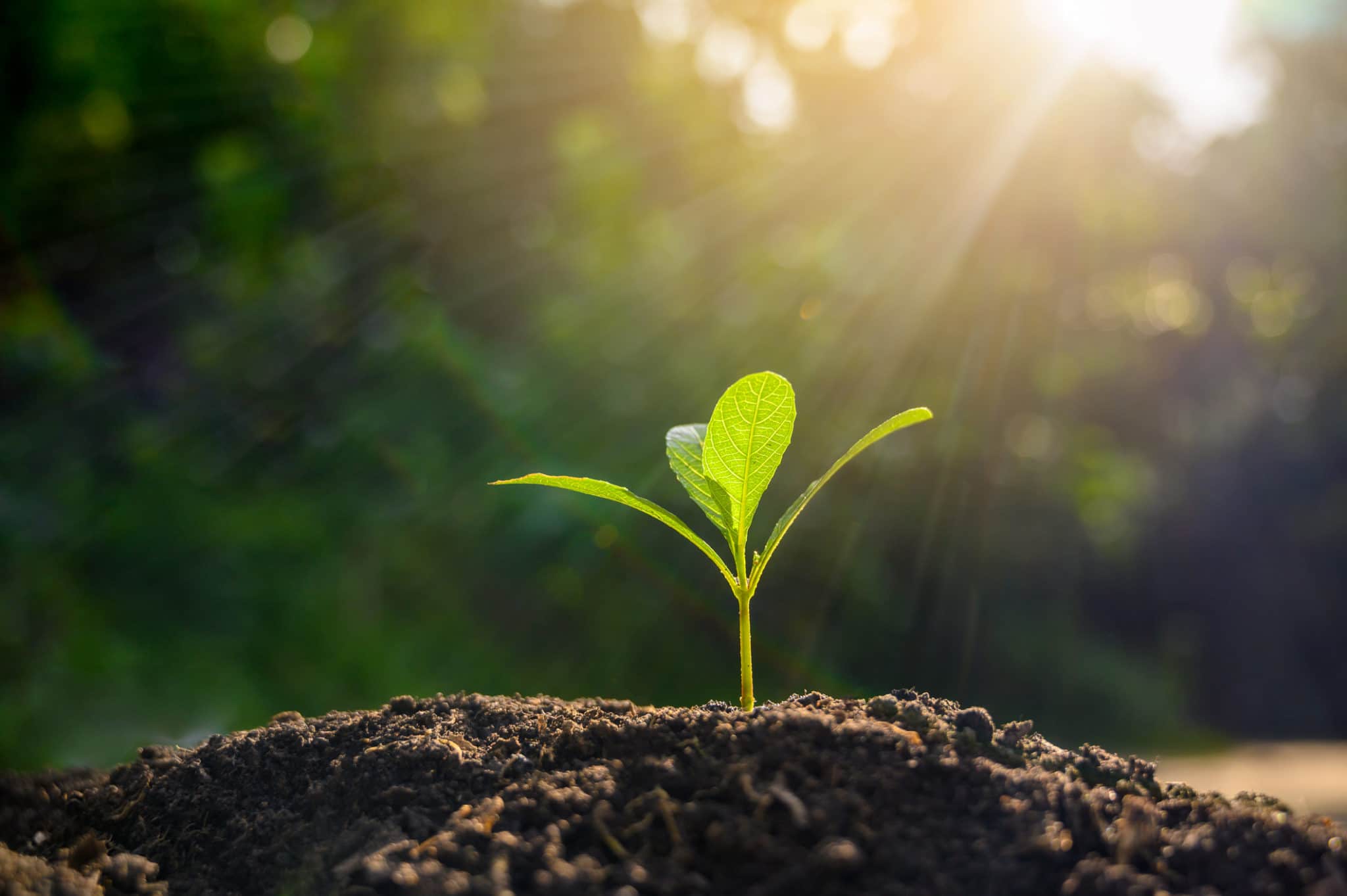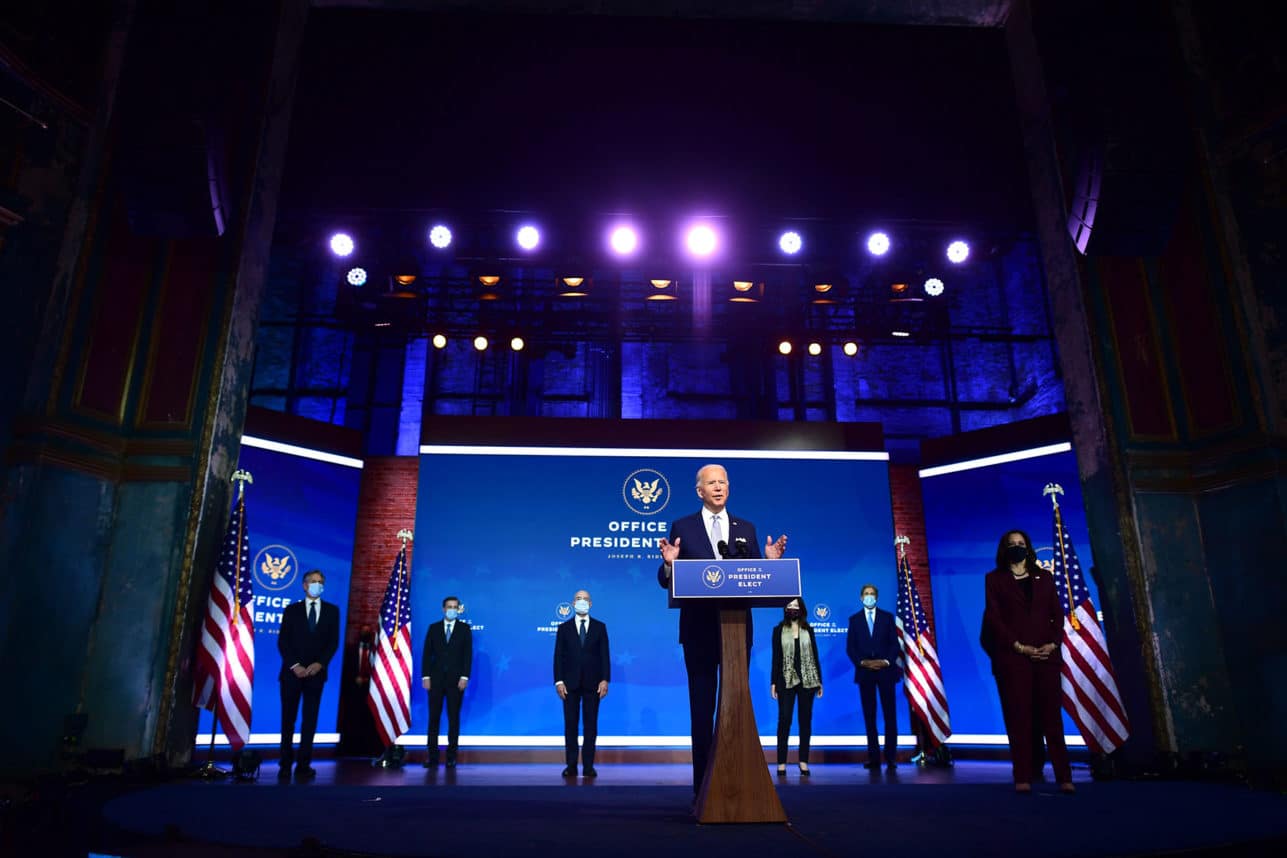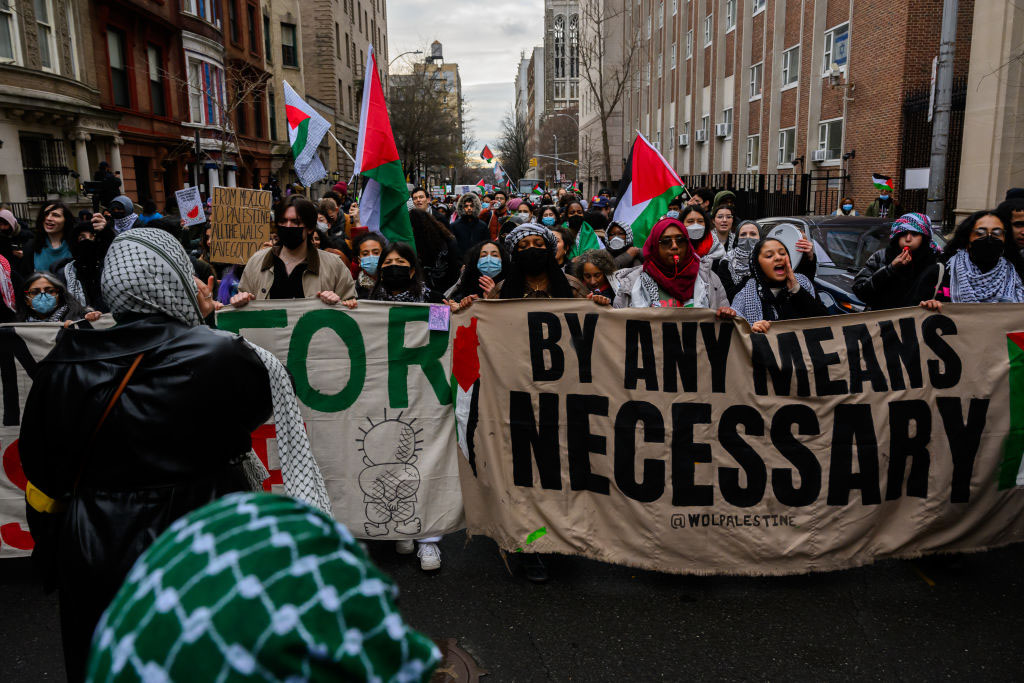 Photo by Getty Images
Photo by Getty Images Israel is known for having performed one of the world’s most extensive tree-planting endeavors between the 1950s and 70s, in an effort to make the region more inhabitable. What most people don’t know is that today these forests are home to some of the most endangered plant species in the country.
Dominik Doehler, ZAVIT* Environment and Science News Agency
A new study, conducted in collaboration between the Keren Kayemet LeYisrael — the Jewish National Fund (KKL-JNF) and the Jerusalem Botanical Gardens, aimed to determine which endangered plants were able to find refuge in the planted forests of the country. In addition, the researches wanted to know how and why these plants have been able to survive in these new habitats.
According to Ori Fragman-Sapir, a botanist and the scientific director of the Jerusalem Botanical Gardens, endangered plants grow in various habitats. However, a particular group of endangered plants is disappearing faster than any other in Israel. These are plants that grow in deep soil and usually accumulate in valleys.
“Deep soils are commonly considered to be among the most fertile soils, making them highly attractive for agricultural purposes. When modern agriculture developed in Israel and farmers started using deep plows and herbicides, all the endangered plants disappeared from the valleys,” Fragman-Sapir said. “Interestingly, a lot of those plants survived in the JNF-KKL forests, some of which also planted on deep soils,” he added.
The endangered species
There are 426 endangered plant species in Israel and another 400 rare species on the verge of becoming endangered. According to Fragman-Sapir a few dozens of those species can be found in JNF-KKL forests, including the Tumbling Jerusalem Sage (Phlomis pungens – a herbaceous plant native to the Middle East), the Golden-leaved Jerusalem Sage (Phlomis chrysophylla – a flowering plant native to South West Asian mountains), and French Lavender (Lavandula stoechas – another flowering plant native to the Mediterranean).
For Fragman-Sapir and his team, this finding raised some critical questions about the future of those plants, first and foremost: Is the forest actively promoting the growth of the plants, and provides them with an ideal habitat? Or do they just about make it in that environment? “Based on the findings of the study, the latter, unfortunately, has proven to be true. However, that had been our guess in the first place.”
As stated by Fragman-Sapir, Israel’s natural environment is limited to pockets or islands, which holds, especially for endangered plants, whose habitat is highly fragmented due to the decline in deep fertile soils. In this context, it is crucial to find sites where the endangered species can be optimally protected. “We think that the JNF-KKL forests are a promising habitat for that purpose,” he said.
“The question now for JNF-KKL,” he continued, “is, ‘do they want to contribute to the conservation of those plants?’ which I believe they do. The ecologists of JNF-KKL are very much interested in transforming forests into sustainable and biodiverse ecosystems. Even though endangered plants have not really been on their agenda, they understand that outside of the forests these plants don’t stand a chance.”
In the next step, the scientists had to figure out how to protect the plants, and also ensure the survival of the species inside the forests. To this end, the researchers went to known as well as potential hotspots within the different JNF-KKL forests, surveyed them, and tried to understand why and how the plants are growing there. Among the JNF-KKL forests that were studied by the researchers was the Yatir Forest, Israel’s largest planted forest located on the edge of the Negev desert in the south, and the Gilboa Forest at Mount Gilboa in the Jezreel Valley.
The scientists also compared some of their new findings to older observations made during previous studies to see if any significant changes have occurred around the plant clusters.
“Many of the plants were actually surveyed before, and listed in the Red Data Book on Endangered Plants in Israel,” Fragman-Sapir said. “That’s also why we knew where we could find the sites with deep soils. However, we wanted to find out more specifically where in the forests you can find those pockets of endangered plants.
“Sometimes you even come across completely unknown sites. In the Gilboa mountains, for example, we found valleys of endangered plants that we didn’t know about at all. We did know the area, but we had no idea that those plants were growing there. So it goes to show that you can always find something interesting and surprising.”
How to preserve the plants?
The report not only contains the number of species and their locations, but recommendations on how to preserve the plant populations and how to manage the area.
For the conservation of the plants, the report suggests different measures, including the transplanting of species, establishing plant shelters and the thinning of trees in the proximity of some very rare species concentrations. Additionally, the report recommends reducing the herding of cattle in some areas to limit grazing activity.
“JNF-KKL has protocols mainly referring to the management of the trees. They weren’t aware that endangered species were also growing in their forests. Therefore new strategies are needed to incorporate these plants into the forests management plans,” Fragman-Sapir said. “This also happened with the rangers of the forest. Sometimes we would take them on one of our surveys, and they were astonished by some of the beautiful endangered species we’ve shown them. So the awareness about these species is still relatively low, but the ambition to preserve them is there.”





















 More news and opinions than at a Shabbat dinner, right in your inbox.
More news and opinions than at a Shabbat dinner, right in your inbox.